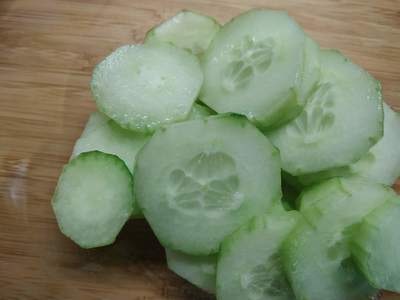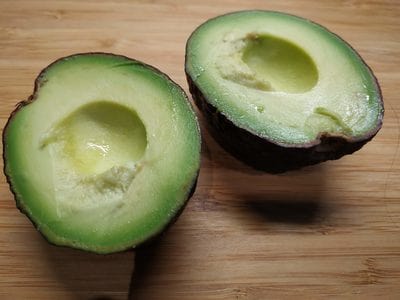Keto is a a low-carb, high-fat diet that causes weight loss through ketosis and provides numerous health benefits. The idea behind this diet is that your body gets into a state of ketosis when you get more calories from protein and fat and less from carbohydrates. When eating between 15 – 50 grams per day, your body will get into ketosis and the energy for the body and brain will be supplied by so-called ketone bodies.
I’m not really sure when I first stumbled upon an article on a Keto diet plan and weight loss. It caught my attention and convinced me to give it a try. I started to research more and more about it and without realising I started to cook ‘keto’ despite the fact that my pantry was being fully stocked with chickpeas, quinoa, cous-cous, wholegrain rice and all sorts of beans because, at that time, I was following a Mediteranean lifestyle while trialing out Intermitent Fasting (IF). My grocery shopping list became keto and so on.
Types of Keto
There are a few variations of this diet but all comes down to how much time and energy you want to commit to it and which one best suits yourself.
The Keto diet is designed to get your body in a state of ketosis and make your body burn fat instead of carbs for energy. When you consume carbs, fats and protein at the same time, the body will consume the calories from the carbs and all the fat will be stored in your body. But when you have a low carb intake, the body will start to use the fat as fuel for your energy.
Strict Keto Diet

This is the traditional keto diet that has been designed to get your body into ketosis by eliminating inflamatory, starchy and sugary foods. It relies on certain food groups (non starchy) to be consumed and restricts processed meat and all fast food. First you will need to calculate your marco requirements and then rigorously track all the food you eat. Depending on your body, the macros will be calculated to be in range of 70% of your calories from fat, 25% from protein and only 5% from (net) carbohydrates. The carbohydrates intake shoud be beween 15 grams of per day to max 25 grams per day. There are quite a few good Carb manager calculators that can determine exactly how many carbs you can have a day. One thing I learned when i started that this diet only counts the net carbohydrates which are the digestible carbs, the ones that are absorbed by your body. Fiber and some sugar achohols don’t count as net carbs because they are not absorbed by your body. On this Keto diet, every gram of carbs counts and it’s essentials all macronutrients are tracked accurately. This diet is recommended for beginners in Keto at least until they get a good keto plan that works for them. I did this for a few weeks and it gave me good results (lost 3 kg) but, let me tell you, it’s a challenge to pee on a stick every day and maintain the keto levels to medium (purple!). Oh well, it was a bit too much and I’ve become lazy and that resulted in me falling into a lazy keto diet without even knowing it actually has a name.
Lazy Keto Diet
As the name suggests, it promotes a more laid back approach with less tracking of macronutrients. It relies on each indivual to focus on a very limited intake of carbs and a high amount of fat. I particularly prefer this one, as it’s more sustainable on a long term. However, the intake of carbs is still low (up to 30 grams per day) and they still have to be counted. The protein and the fat intake can vary to meet individual needs.
Dirty Keto Diet

This diet has an increase popularaty as you can eat anything as long as you are still getting 70% of your calories from fat, 20% of calories from protein and 5% from carbs. Its popularity has increased as few bloggers, nutritionists (or claimed nutritionists) have claimed that a calorie is still a calorie and its source doesn’t matter. In short, eat whatever foods fit into your macro goals.
Low Carb High Fat (LCHF) Diet
While all the keto diets above have the ultimate goal of ketosis, the LCHF diet aims to help people loose weight without getting in ketosis. Daily carb recommendations on LCHF can range from under 20 grams up to 100 grams. It is recommended for people who need to lose weight fast, or have health problems (suffering from obesity or diabetes).



